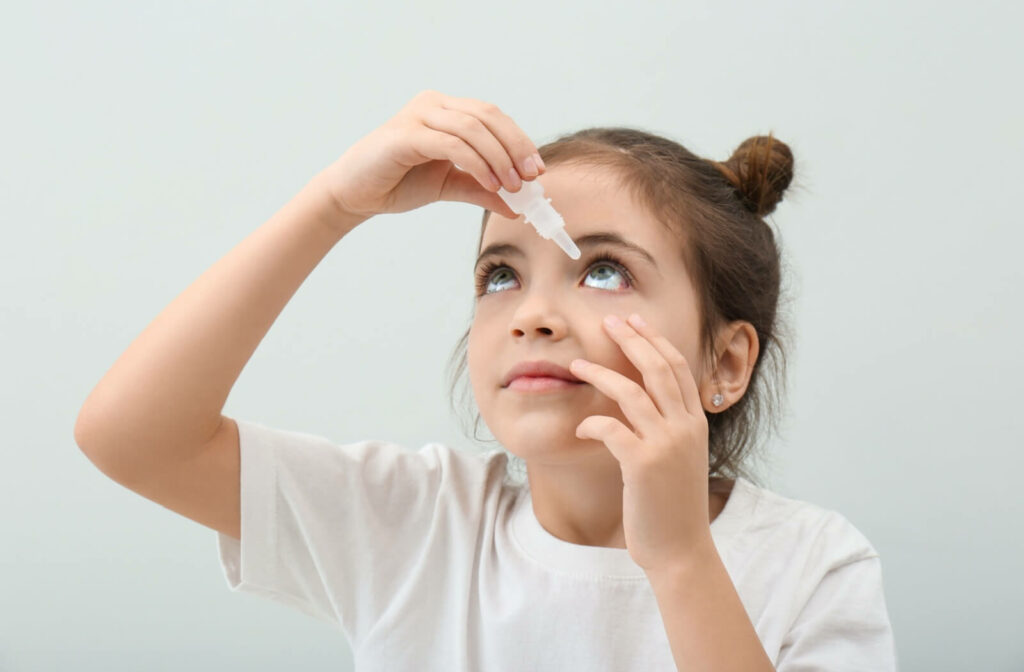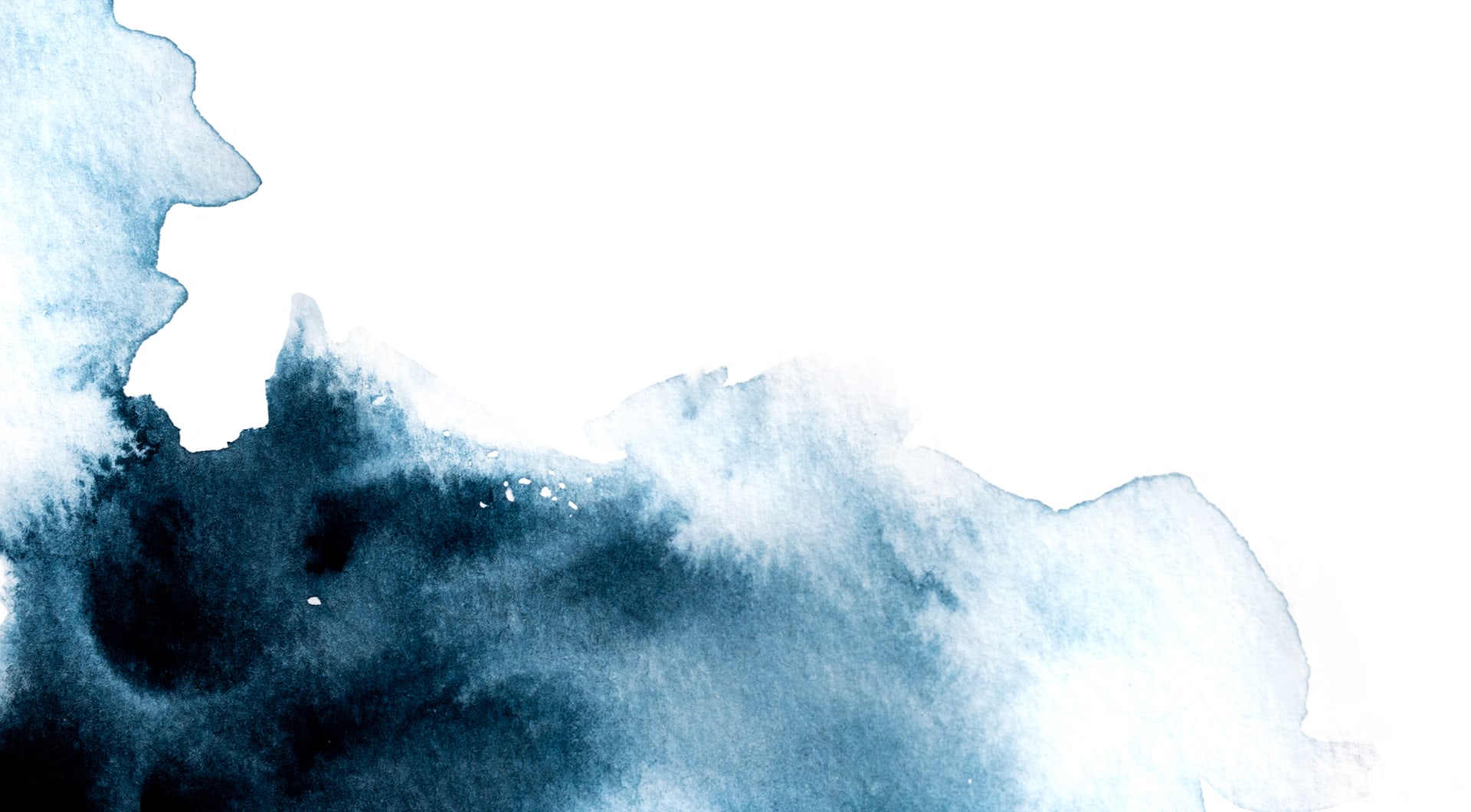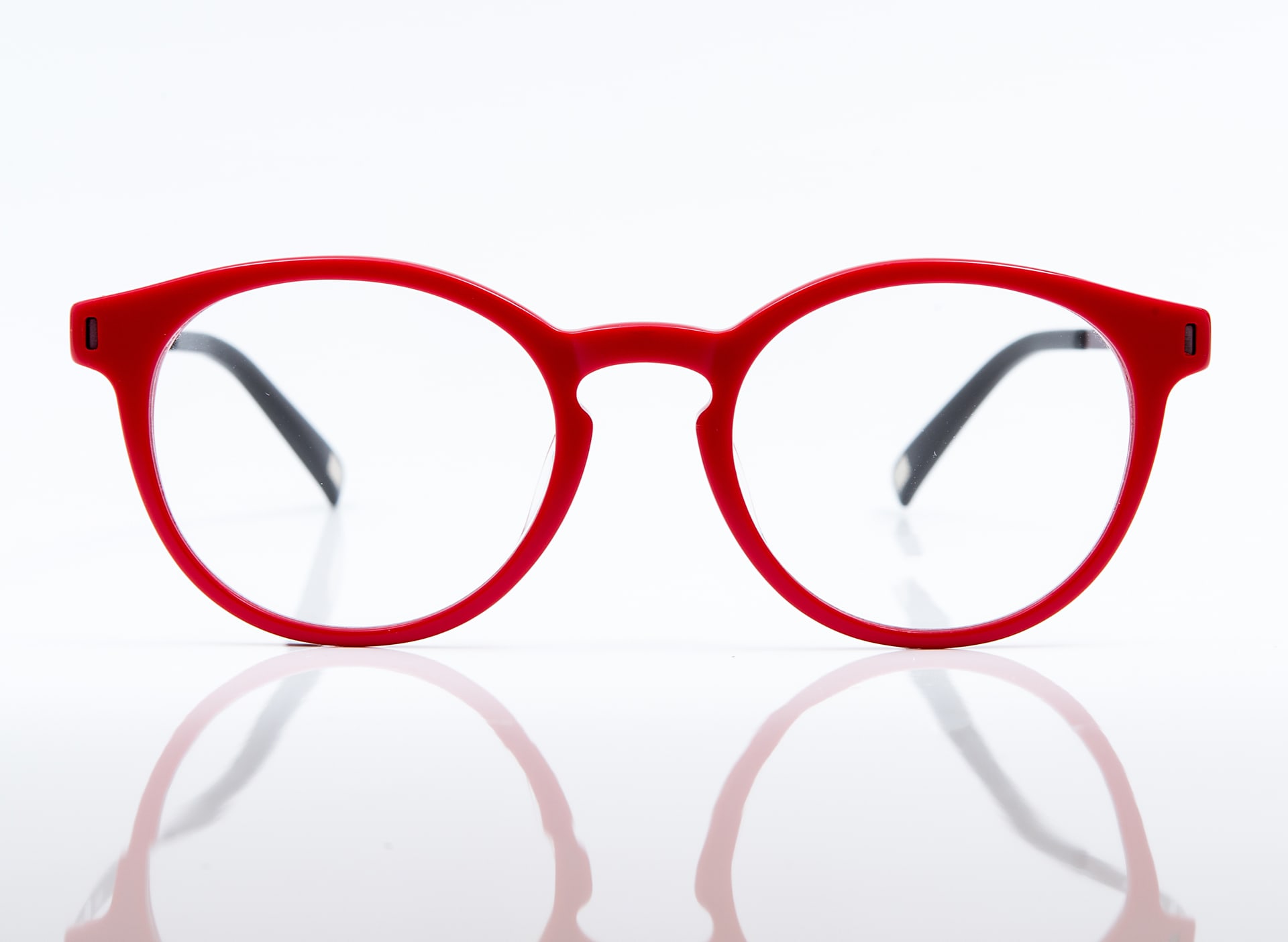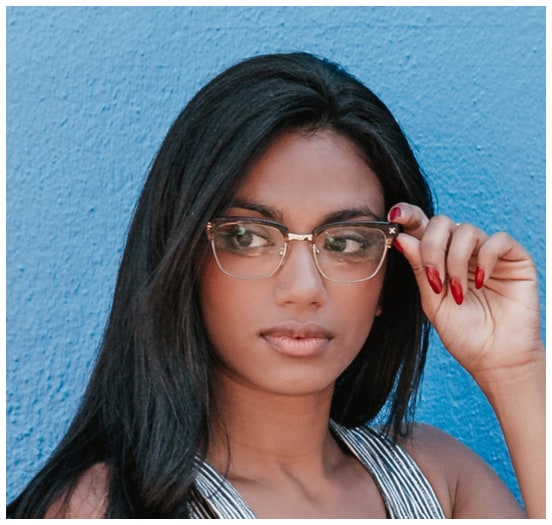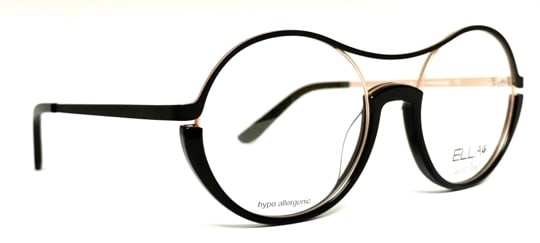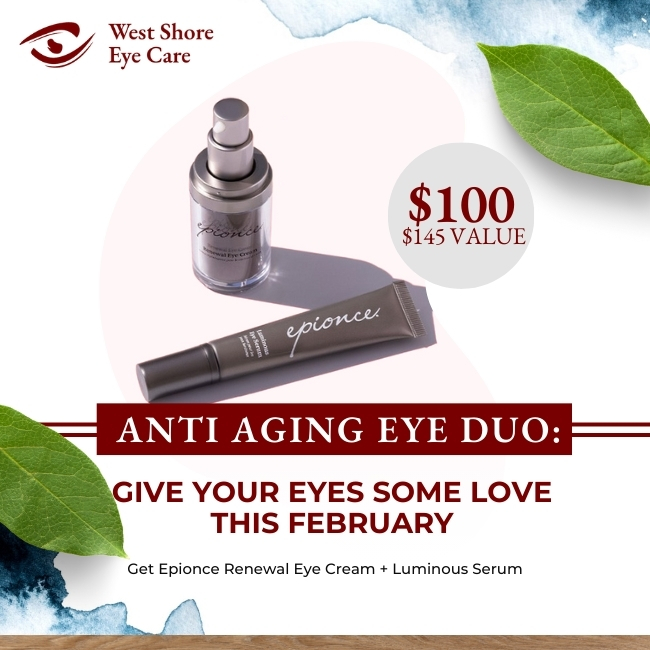Dealing with dry eyes can be frustrating and uncomfortable. For many sufferers and concerned parents, understanding the various types of dry eye is the first step toward effective treatment. The two major types of dry eye are when your eyes don’t make enough tears (aqueous tear-deficient) and when your tears dry up too quickly (evaporative).
The Two Types of Dry Eyes
Dry eyes occur when the eyes can’t produce enough quality tears to keep them moist and comfortable. Tears are essential for maintaining eye health, providing lubrication, reducing the risk of infection, and washing away foreign particles. Without adequate tears, you may experience irritation, redness, and blurred vision.
While there are several dry eye diseases, most are generally classified as either aqueous tear-deficient or evaporative.
Aqueous Tear-Deficient Dry Eye
Aqueous tear-deficient dry eye occurs when your body doesn’t produce enough of the watery layer of tears. This layer is responsible for hydrating and protecting your eyes. People with this type often have other health conditions, such as Sjögren’s syndrome, that affect tear-producing glands.
Evaporative Dry Eye
Evaporative dry eye is more common. It happens when the oily layer of your tears evaporates too quickly. This layer prevents the watery layer from drying out. Issues with the meibomian glands, which produce the oily layer, are the primary cause. Conditions like blepharitis, a chronic inflammation of the eyelids, can exacerbate this type of dry eye.
Leading Causes of Dry Eyes
Your tear film covers the surface of your eyes and comprises mucus, water, and oil. When an issue impacts the stability of any of these elements, you can develop dry eye symptoms.
- Environmental factors like windy, dry, or dusty climates, air conditioning, and heating systems that create a dry environment can significantly impact eye moisture.
- Lifestyle choices like extended screen time with computers, smartphones, and television can reduce blinking rates, while secondhand smoke can worsen dry eye symptoms.
- Medical conditions like diabetes, rheumatoid arthritis, and thyroid disorders can reduce tear production.
- Medications such as antihistamines, antidepressants, and blood pressure drugs can also contribute to dry eyes.
Meibomian Gland Dysfunction
However, nearly 85% of all dry eye cases are caused by meibomian gland dysfunction (MGD), a specific type of evaporative dry eye.
MGD occurs when blockages in the meibomian glands, located on the ridges of the eyelid, prevent oils from stabilizing the tear film and cause it to evaporate too quickly. Inflammation, poor lid hygiene, or blockages inside the gland can cause MGD. Your optometrist can offer several different strategies to help manage MGD.
The Worst Symptoms of Dry Eye
Dry eye symptoms can range from mild discomfort to severe irritation, including:
- Irritation
- Redness
- Wateriness
- Grittiness
- Light sensitivity
- Blurry vision
- Contact lens discomfort
Ironically, one of the symptoms of dry eyes is excessive tearing. This is a reflex response to the irritation, but these tears do not have the lubricating quality needed to relieve dry eye symptoms.
These symptoms can be exceptionally bothersome during activities requiring prolonged focus, like reading or driving, making everyday tasks challenging and affecting your overall quality of life.
How to Identify Your Type of Dry Eye

Accurate diagnosis is essential for successful dry eye treatment. While a standard eye exam is important, a dedicated dry eye evaluation can help identify the underlying cause of your discomfort. Our dry eye clinic offers comprehensive exams that include specialized dry eye testing like InflammaDry, osmolarity, and meibography to measure tear production, quality, and evaporation rates. This in-depth assessment allows us to pinpoint the root of the problem, develop a tailored treatment plan, and help you find relief.
You can provide additional support to your optometrist by journaling your symptoms and noting when they occur and what your activities are. This information can help your eye care provider diagnose more accurately and tailor your treatment plan.
It’s also important to consider your lifestyle, medical history, and environmental factors to determine any risk factors you may have. If you spend long hours in front of screens, live in a dry climate, or have a medical condition that affects tear production, you’re more likely to develop dry eyes.
Common Treatments for Dry Eye
Thankfully, several treatments can help manage dry eye symptoms effectively.
- Optilight IPL Therapy is a non-invasive therapy that uses light to stimulate the production of natural oils in the eyes.
- Lipiflow uses heat and pressure to improve tear production
- Lid Debridement removes debris and excess oils from your eyelids to enhance the quality of tear
- Zest Treatment uses special tools to clean and unblock the meibomian glands to improve tear production and quality
- Meibomian Gland Expression is a manual procedure that puts gentle pressure on the meibomian glands to unblock them
- Punctal Plugs are tiny devices inserted into the tear ducts to slow tear drainage
- Prescription Eye Drops and artificial tears can provide temporary relief by adding moisture to your eyes.
- Tempsure Envi uses radiofrequency energy to firm up loose skin on the face
Doctors may prescribe medications like cyclosporine or lifitegrast for more severe cases, which help increase tear production and reduce inflammation.
Simple changes, like taking regular breaks from screens, using a humidifier, and wearing sunglasses outdoors, can significantly reduce symptoms. Warm compresses and eyelid massages can also help improve oil gland function.West Shore Eye Care specializes in comprehensive dry eye consultations because we understand the frustration and discomfort of living with dry eyes. Contact us today to see how we can help you alleviate your dry eye symptoms.


